Pastels are a wonderful, vibrant medium to work with.
Because they don’t require drying time, the mark you put down is the mark you end up with …
… which can alleviate a lot of frustration and save time.
Furthermore, because there is no liquid binder in pastels, they do no degrade over time but are highly archival.
There are many different brands and types of pastel available on the market, and since pastels can be quite expensive, it’s important to know what you want from the medium before you go shopping. An overview of the types of pastels is therefore very helpful.
Pastel sticks are either soft or hard. Soft pastels contain less binder and more pigment than hard pastels.
They are easily blended and put down rich, vibrant color. They are also more easily broken, raise more dust than hard pastels, and just as they blend more easily, they also smudge more easily.
Hard Pastels, such as NuPastel sticks, have less pigment and more binder, and so produce line quality that is crisp and sharp.
For this reason, hard pastel sticks are better for preliminary sketches and finishing details, while soft pastels are best used to build up intense blocks of color and marking highlights.
Pastel Pencils are pencils with a hard pastel core. They can be sharpened, blended, and erased like a charcoal pencil and not surprisingly, are best suited for line work, sketches, and fine details.
Landscape Mastery is generously illustrated showing you step-by-step how to draw landscapes.
With clear (and fun) instructions on how to draw, you’ll learn at your own pace in the comfort of your home.
The artist has chosen popular landscape pictures and will show you how to draw each one in color.
Landscape drawing is a fascinating area of study which requires an understanding of perspective, light and shade, detail and abstraction.




